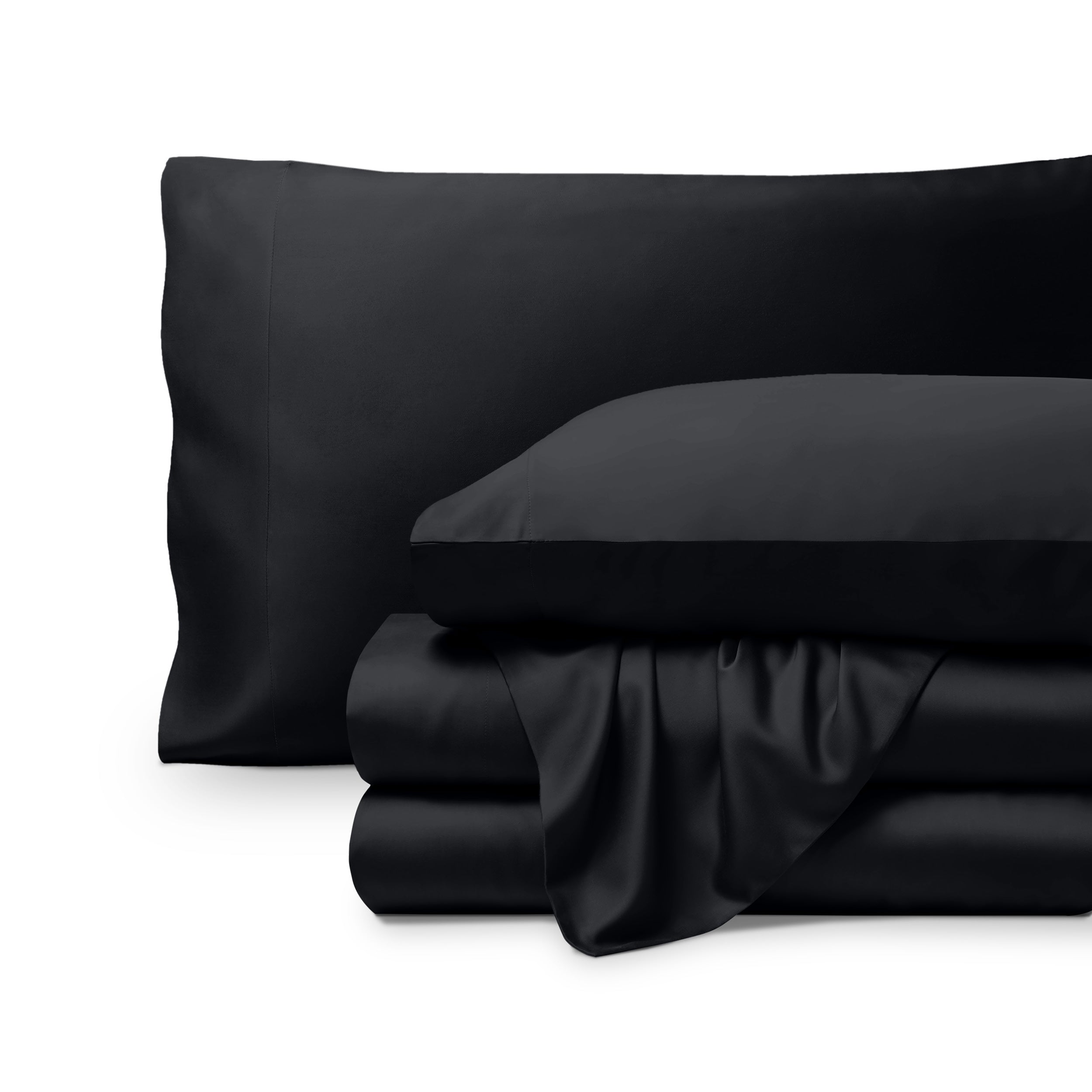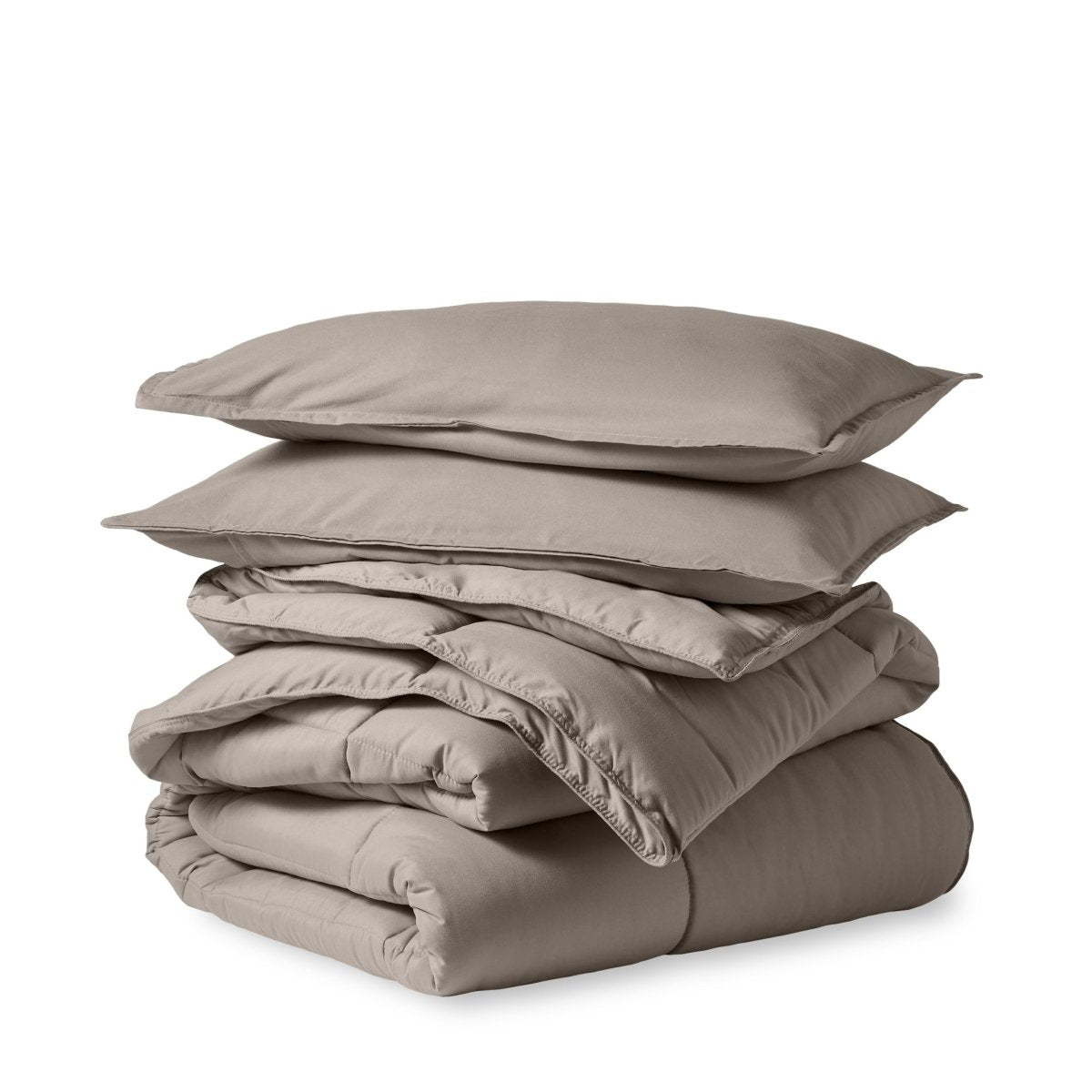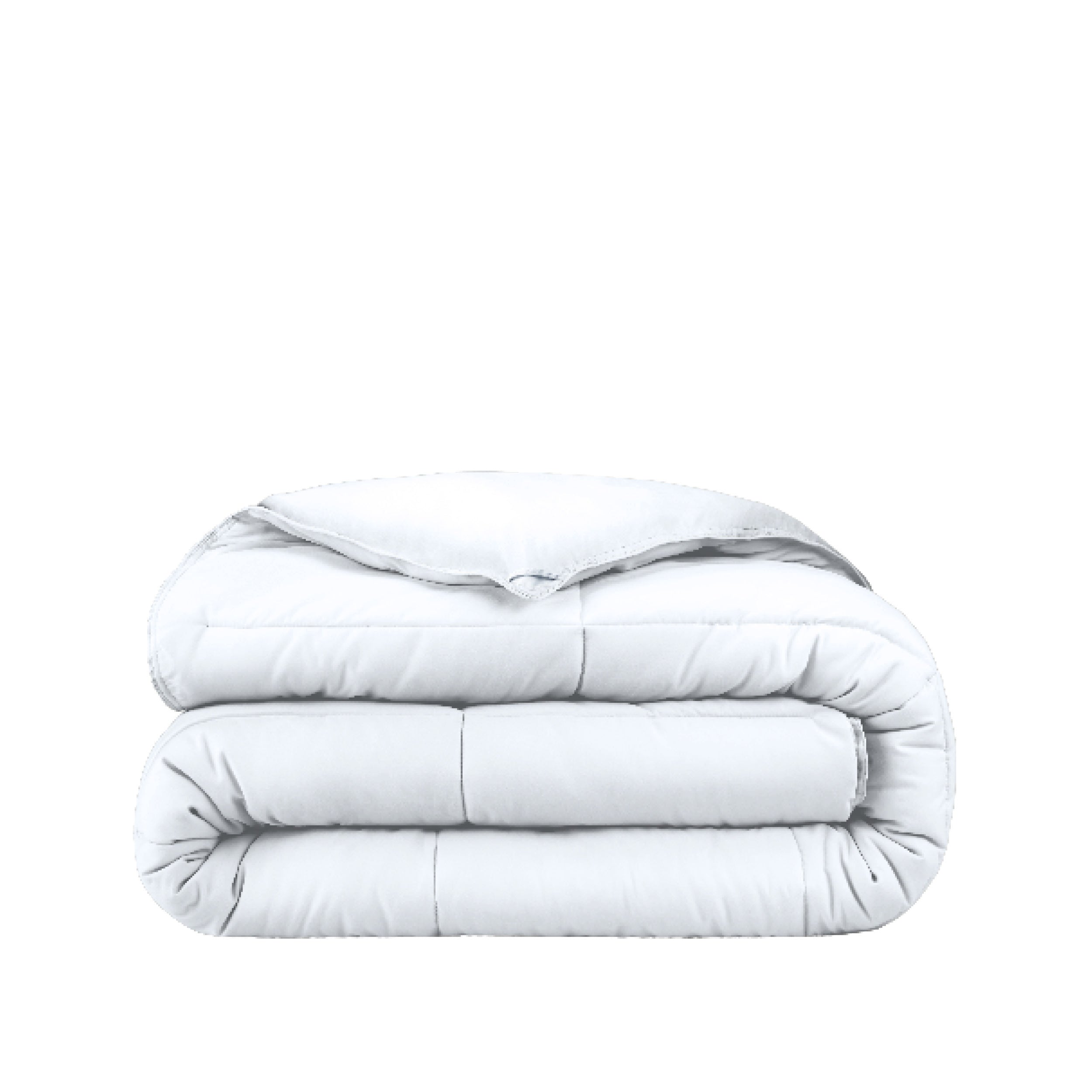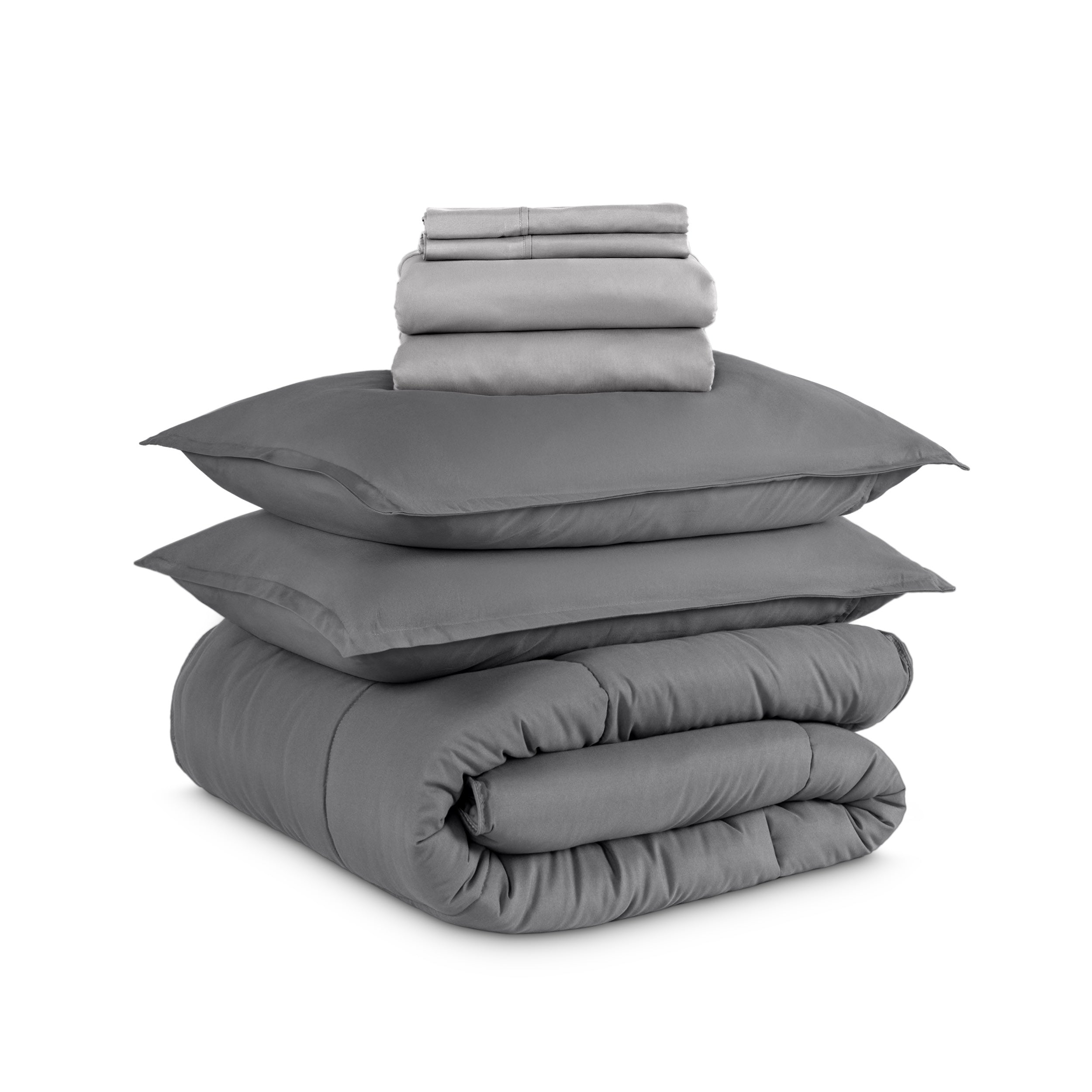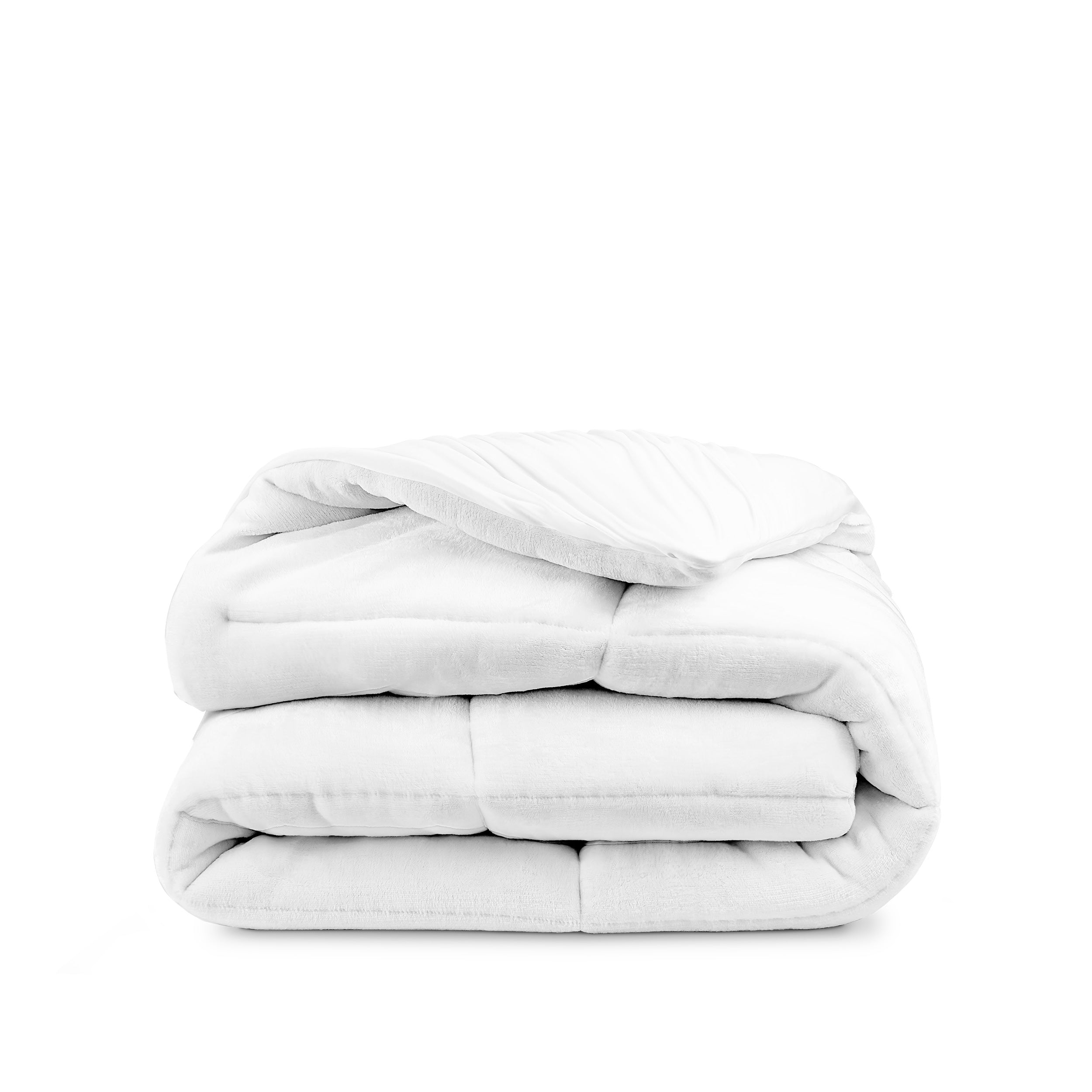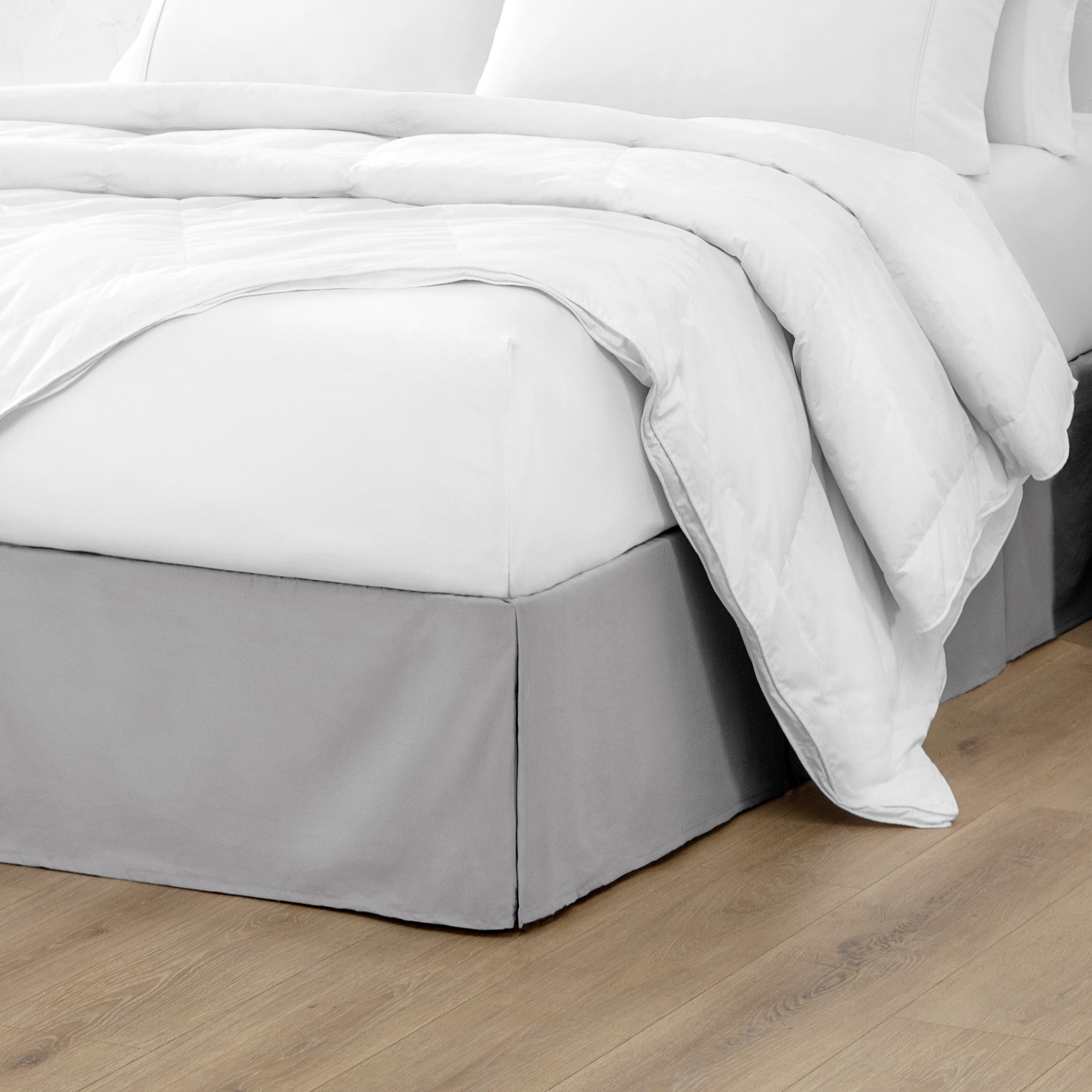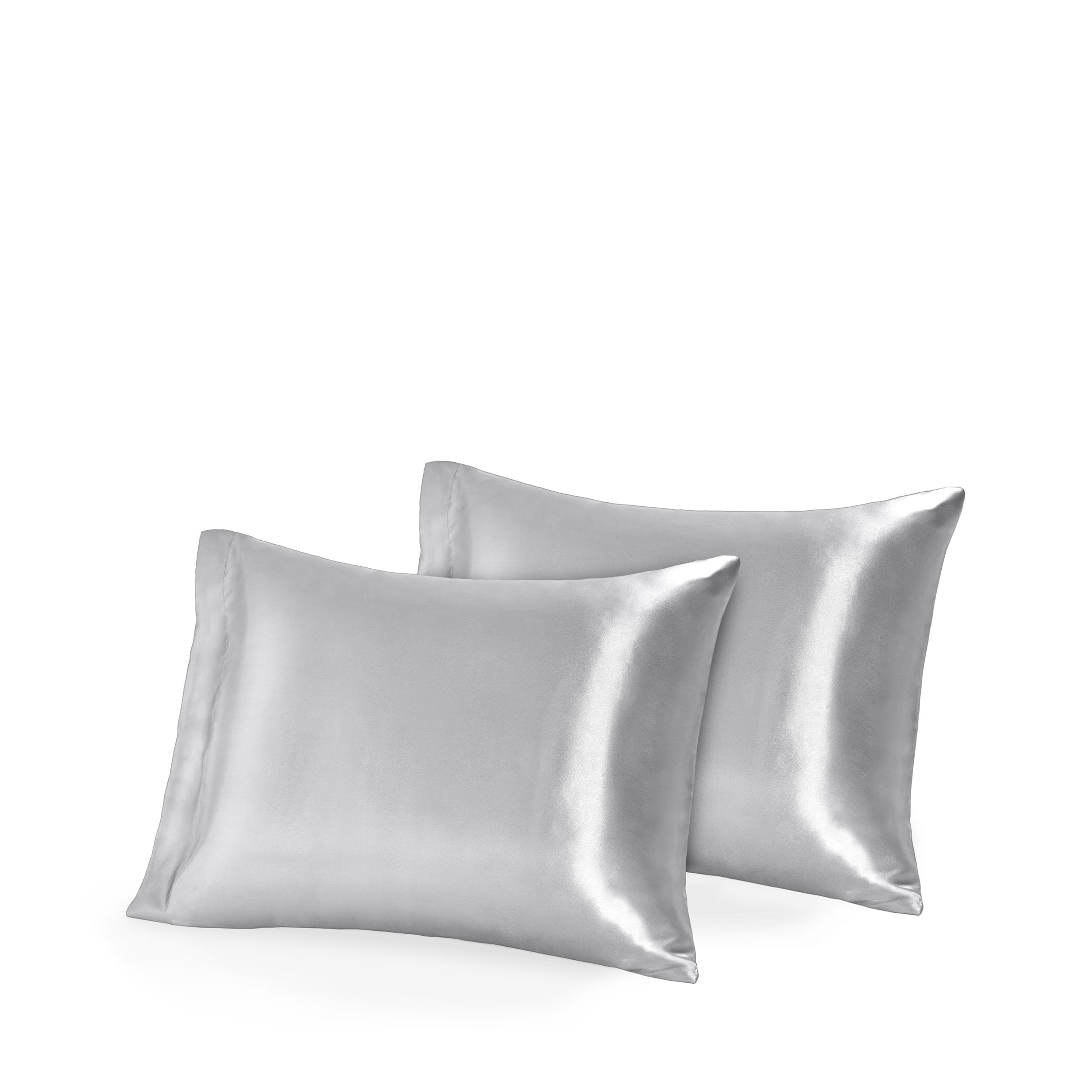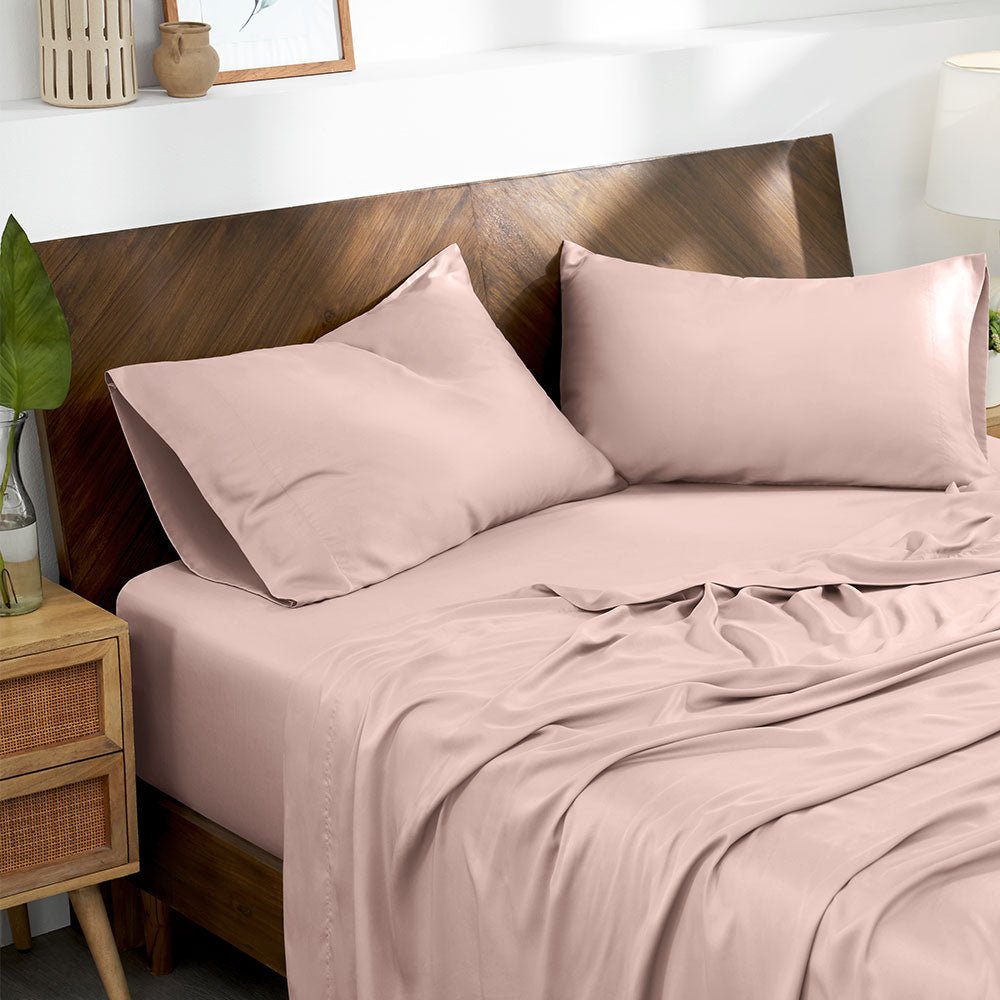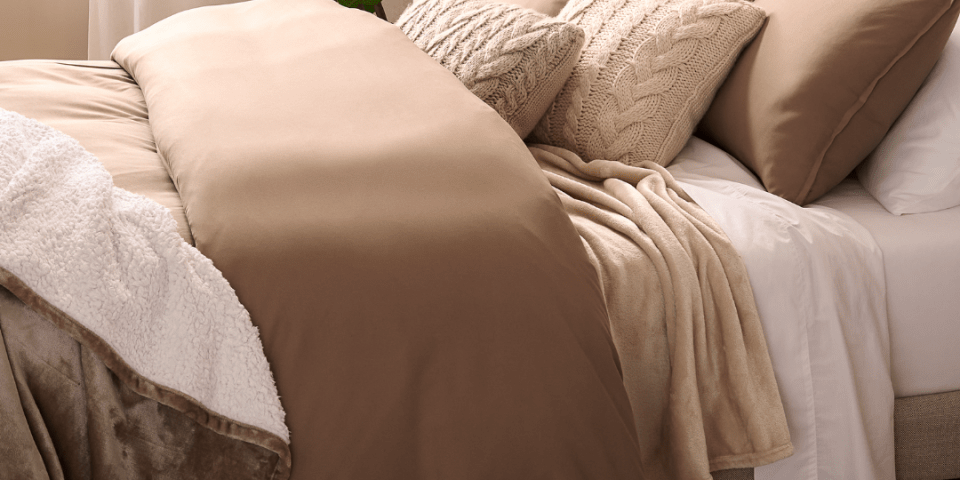There are many different types of naps, each with its own benefits. In this article, we will discuss the different types of naps and how to take them effectively. We will also look at the best time of day to nap and how to make napping a habit. Finally, we will explore the science of napping and its benefits.
BENEFITS OF NAPPING
Naps can offer many benefits for both your mental and physical health. A quick nap can help to improve your alertness and productivity and may even help with memory retention. Naps can also help improve your overall sleep hygiene by establishing a regular sleep schedule. Studies have shown that regular naps can be beneficial to some people with sleep disorders.
In addition, daytime napping has been linked to several other health benefits, including improved heart health, reduced stress levels, and a stronger immune system. Whether you're looking to boost your energy levels or improve your sleep hygiene, there's no doubt that napping can be a valuable tool.

NOT ALL NAPS ARE CREATED EQUAL
THE POWER NAP
The power nap is a short, 20-minute nap that can help you feel more alert and focused. Though it may seem like a luxury, the power nap can be quite beneficial, especially if you are feeling tired or stressed. When taken at the right time, a power nap can help to refresh and rejuvenate your mind and body, giving you the energy you need to get through the rest of your day. The key is to keep the nap short so that you don't end up feeling groggy.
THE MEMORY NAP
Research has shown that napping can improve memory function. One study found that taking a 60-minute nap improved people's ability to remember words and faces. The study participants were shown a list of words and then asked to take a nap. When they woke up, they were better able to remember the words than those who had not napped. Another study found that napping can help improve procedural memory, which is the kind of memory that helps you remember how to do things like riding a bike or tie your shoes.
THE CREATIVITY NAP
When it comes to creativity, napping may not be the first thing that comes to mind. However, research has shown that taking a short nap can help to boost creativity. One study found that participants who took a 60–90-minute nap showed significantly higher perceptual skills than those who stayed awake. The researchers believe that this is because napping through the slow wave sleep and REM phases gives the brain a chance to consolidate information, which can lead to new insights.
FALL ASLEEP EFFECTIVELY
Napping is an excellent way to refresh and rejuvenate yourself, but only if done correctly. If you nap for too long, you may feel groggy and disoriented when you wake up. Conversely, if you don't nap long enough, you may not reap the full benefits of So how can you ensure that your nap is effective?
First, find a comfortable spot in which to rest. This can be lying down on your bed or couch, or even sitting in a chair with your head tilted back. Once you're comfortable, close your eyes and take slow, deep breaths. Focus on relaxing your whole body, from your toes to your scalp.
Next, let your mind wander. Don't focus on any one thought; just let your thoughts come and go as they please. If a worry pops into your head, simply acknowledge it, and then let it go. This relaxed state of mind will help you drift off to sleep.
Finally, set an alarm so that you don't oversleep. Once the alarm goes off, slowly get up and stretch before resuming your day. With these tips in mind, you can make sure that your next nap is both refreshing and effective.

THE BEST TIME FOR A MIDDAY NAP
There are pros and cons to napping at different times of the day. For instance, napping early in the day may make it more difficult to fall asleep at night. On the other hand, napping late in the day can leave you feeling groggy and sluggish.
So, when is the best time to take a nap? According to sleep experts, the best time for daytime naps is before 3 PM. This is because napping early enough in the afternoon will allow you to get some rest without disrupting your sleep schedule.
BEWARE OF SLEEP INERTIA
We've all experienced the grogginess that comes from waking up from a nap. This feeling, known as sleep inertia, is caused by the abrupt transition from sleep to wakefulness. It can last for several minutes or even hours, and it can make it difficult to think clearly or be productive.
However, there are some ways to minimize the effects of sleep inertia. For instance, napping in the afternoon rather than in the evening can help reduce the amount of time it takes to feel fully awake. In addition, keeping naps short (20-30 minutes) can also help reduce sleep inertia. By understanding how sleep inertia works, we can learn how to better manage it and get the most out of our naps.
MAKE IT A HABIT
One of the best ways to make napping a habit is to establish a regular sleep schedule. This means going to bed and waking up at the same time each day, even on weekends. Once you have a regular sleep schedule, you can start to include naps into your daily routine.
It can be helpful to set an alarm so that you don’t oversleep. Napping in the afternoon can help to improve your energy levels and mood for the rest of the day. Additionally, it can help you to avoid the “afternoon slump” that often occurs around 3 pm.
If you have trouble falling asleep during the day, there are a few things you can try. First, make sure that you create a relaxed environment for yourself. This means Dimming the lights and eliminating any potential sources of noise or distractions. You might also try using an eye mask or earplugs to block out light and sound.
Finally, it can be helpful to practice some relaxation techniques such as deep breathing or progressive muscle relaxation. With a little effort, napping can become a regular part of your daily routine.

NAP TIPS FOR PREGNANT WOMEN AND NEW MOMS
Pregnancy and early motherhood can be exhausting. Between the lack of sleep and the constant demands of a young child, it can be hard to find the energy to get through the day. One way to combat fatigue is to take a nap.
Naps can help to restore energy levels and improve mental clarity. However, there are a few things to keep in mind when taking a nap during pregnancy or early motherhood. First, it is important to make sure that the nap does not interfere with nighttime sleep. Second, it is best to limit naps to 30 minutes or less.
And finally, it is important to find a comfortable position. Sleeping on your left side will help to improve blood flow and reduce pressure on your back and hips. With these tips in mind, you can make napping a part of your daily routine and enjoy the benefits of a little extra rest.

THE SCIENCE OF NAPPING
Napping has long been considered a restorative activity, but only recently have scientists begun to understand how and why it works. When we nap, our brains enter a unique state known as slow-wave sleep. This is a period of deep rest during which our brainwaves slow down, and our body temperature decreases.
Slow-wave sleep is thought to play an important role in memory consolidation, and it has been linked to improved cognitive performance. In addition, napping can also help to reduce stress and increase alertness. So, if you're looking for a way to boost your brain power or simply unwind, consider taking a nap!
CAN NAPS HELP TREAT SLEEP DISORDERS?
Yes, they can! Behavioral sleep medicine is a relatively new field that focuses on the treatment of sleep disorders through changes in behavior. One of the most common techniques used in behavioral sleep medicine is napping.
Creating routines is one of the cornerstones of behavioral sleep therapy and studies have shown that napping, when scheduled appropriately, promote wakefulness after a normal night’s sleep. Scheduled naps can also counteract the effects of sleep deprivation on performance.
CONCLUSION
So, whether you're pregnant, a new mom, or just need some extra rest during the day, napping is a great way to rejuvenate your body and mind. With a little practice, you can learn how to nap effectively and reap all the benefits that this activity has to offer. Thanks for reading!

